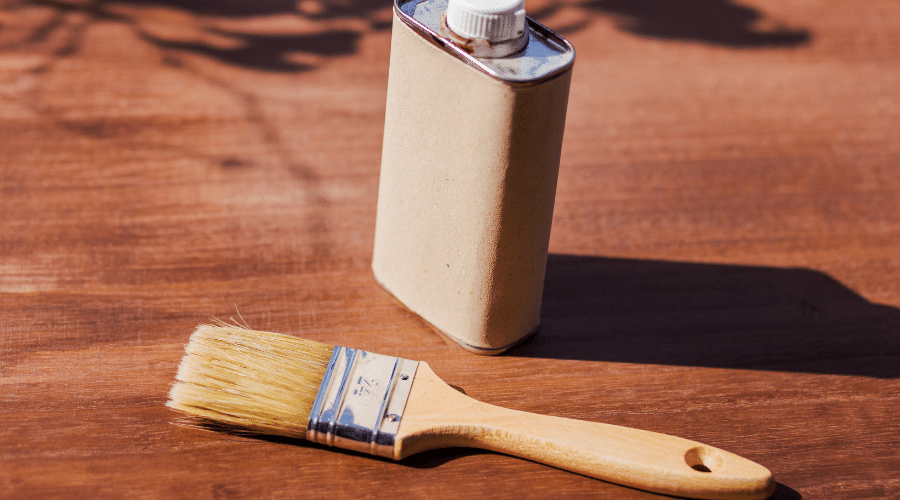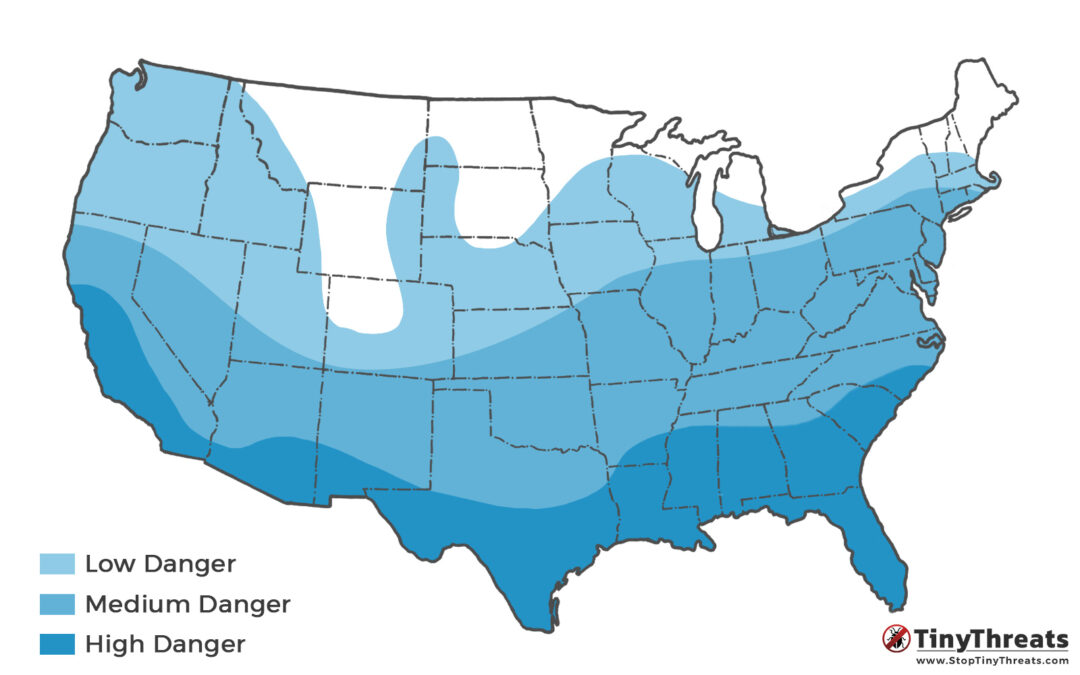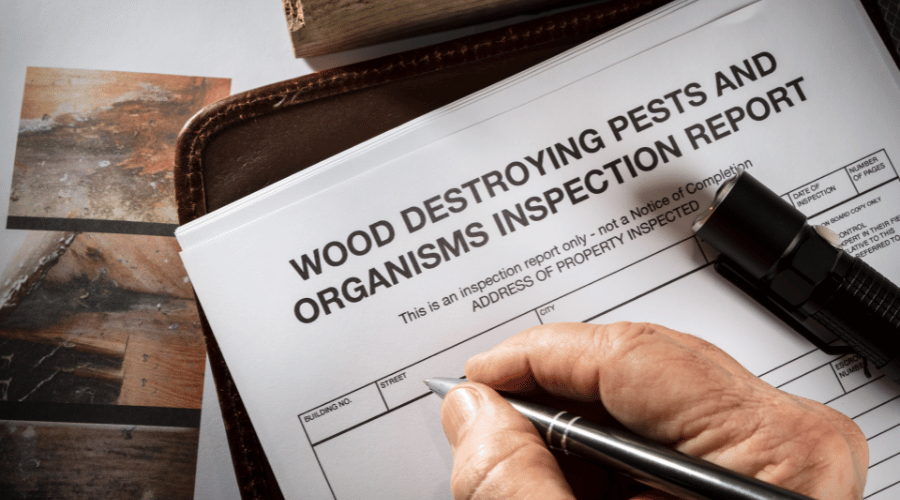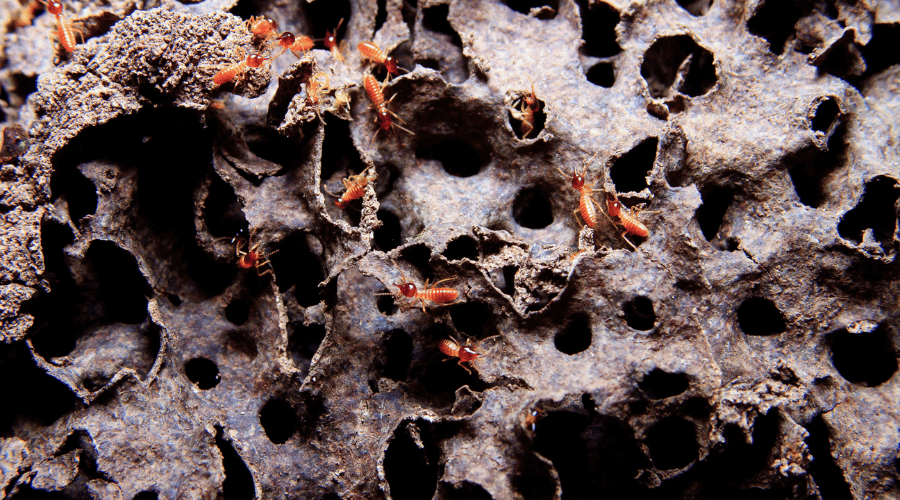Since termites are the “silent killers” that dig through the wood in your home and cause massive damage, protecting this wood is an important step to keep your property safe.
Ideally, you buy and use pressure-treated wood for construction, walls, and flooring. This industrial-grade treatment has the longest-lasting effects.
But for post-construction treatment, you can still apply anti-termite wood treatment on your own using common pesticides that can easily be bought in well-stocked home-improvement stores.
This type of protection does not offer complete security, but it helps prevent termites and limits the destruction they can cause.
Table of Contents
How to Treat Wood for Termites
Anti-termite wood treatment is one of the preventive measures you can take to keep your home protected against termites.
There are two main types of treatment that may be commonly referred to as wood treatment:
First, there is preventive treatment. This treatment works by applying a liquid chemical to a piece of wood to prevent termites from eating into the wood.
This is an important part of a termite pretreatment for a new construction. It’s much easier to treat the wood before it’s used.
The other option is exterminating treatment. For this, the pest control expert usually has to drill a hole into wood and then pump the chemicals into it with pressure. This way, the pesticide is pumped through termite tunnels, killing all termites in the wood.
The second option is one best left to professionals, especially if you’re thinking about stronger chemicals. Simpler options, like an orange oil treatment, are less of a risk and can be attempted DIY.
Keep in mind that there is equipment that makes both types of treatment much easier and likely more effective. That’s why a pest control company can usually complete these jobs faster and better.
However, there are things you can do on your own.
DIY wood treatment options
For DIY wood treatment against termites, prevention should be your main focus. Once you have an active infestation in your home, it’s time to call the experts.
The most common use case for do-it-yourself treatment is treating external structures – fences, decks, outdoor tables, things like that.
To treat wood for anti-termite protection, there are a few different options. The main difference is between the effect: While some treatments are repelling, others are killing.
Repelling treatments usually drive the termites towards other, untreated wooden elements. If done extensively and without gaps, it may keep termites away completely.
Killing treatments have an upside and a downside: They kill the termites that eat into the wood, and possibly even poison some of the colony. However, they only work because termites do chew into the wood a little bit.
Both are valid options, which is why both types of pesticides are readily available to buy at specialized stores, online, and in many well-stocked hardware stores.
For specific instructions, it’s best to follow the labels and instructions of the product. And unlike with many things, it is highly recommended to thoroughly read those labels and follow the steps by the letter.
Insecticides are no joke and can be a significant health hazard if mishandled.
These products usually come in three different shapes:
Wood treatment sprays are ready-to-use and can quickly treat wood against termites. However, because of the size and application, it’s best for smaller areas and spot treatment, or for refreshing treatment in specific locations.
Liquid pesticides are usually sold in bottles or gallons and often need to be diluted before use. Then, they can be filled into spray bottles as well. This is a very flexible option, since you can adjust the dilution and use the finished solution in many different ways.
Powders and granulates are another option for certain chemicals like borates. This are usually dissolved in water, and only sometimes used in dry, powdery form for outdoor use.
Effectiveness of DIY wood treatment
The problem with indoor treatment is simple: There’s little point to spot-treat wood against termites – they will just find untreated wood somewhere else in your house.
You might do a great job at treating all wooden floors – but have you treated the plywood used in walls, or the drywalls themselves?
(More on Termite-proof Plywood)
And even if you manage to treat your entire home – there is still plenty of wood in most crawlspaces, near foundations, and in attics and roofs.
Treating wood in your home will have minimal impact on a termite infestation, as they will find untreated wood in your house.
That’s why the main focus against flying termites – dampwood and drywood termites – should be to seal your exterior walls and get regular inspection after each swarm season.
Your main focus against subterranean termites should be keeping them away from your home with soil treatment and bait traps for termites.
Cost of anti-termite wood treatment
Collect the prices of the chemicals and roughly how much you can treat with it
Example table with common “targets”? Like a wood board, a table, a deck? (how much wood, how expensive)
With a DIY approach, the cost of wood treatment for termites can be quite low: At around $200-$400, you may be able to treat your entire home with a pesticide.
You should factor in, though, that his will likely take multiple days – 2-3 days is a good starting point for such an extensive treatment.
For professional treatment, you may be looking at $500-$1,000, potentially more depending on the size of your house. This way, you save both time and effort, as well as knowing that you are letting experts do the job.
Chemicals for Wood Treatment
There are many different termite treatment chemicals for wood, and many brands come up with new combinations and solutions. This section focuses on the basics, the trusted and proven ingredients that many products and professionals use.
Borate / Boric Acid
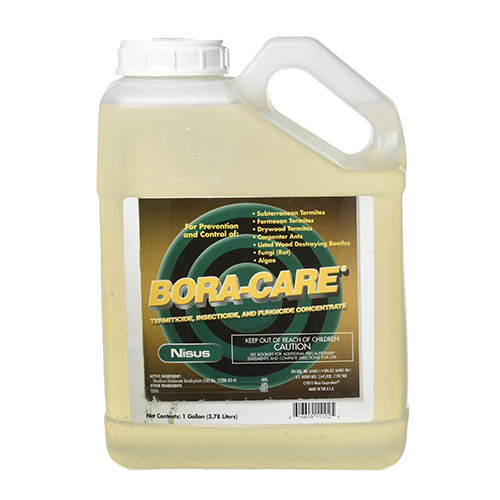
Boric acid, borax, borates, or sodium borate are all different names for the same type of pesticide. Borates are usually sold as a white powder, which can be used in this form, or diluted in water. Boric acid is highly effective against termites and naturally occurring.
One advantage is that borates don’t naturally decay, since it’s a salt-like substance. If you dilute it and apply it to a piece of wood, it can penetrate into the wood and stay there – for decades to come.
The downside is that it can also be washed out by rain, which is why the wood should at least be sealed thoroughly if it will be exposed to the weather.
In one study, wood treated with borax killed 100% of termites that ate into it – but it only reduced termite damage by about 60%. This shows the downside of deadly termiticides – they kill, but don’t protect as well.
BoraCare is one example of a popular product based on borates.
Using BoraCare as an example: A gallon of this pre-diluted borax treatment will cost you about $90, and according to the manufacturer, can be used to treat about 800 square feet of a 2×4 stud wall, or about 500 square feet of a crawl space or attic.
Diatomaceous Earth
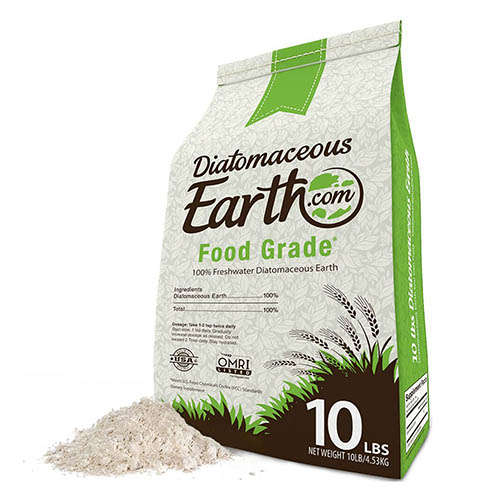
Diatomaceous Earth, usually DE for short, is another natural white powder that is highly effective against insects of all kinds. It’s not quite a typical insecticide, though, as it is both naturally occurring and non-toxic.
DE works by physical abrasion: It’s a tiny sand-like substance, with each particle being sharp-edged rather than round. When a bug or termite crawls over diatomaceous earth, the tiny particles cut them, leading to many tiny wounds. Through these wounds, they essentially bleed out, or usually dry out.
Treating wood with diatomaceous earth is another long-lasting, eco-friendly treatment that will kill termites that try to dig through the wood. It’s also relatively cheap, and will not decay or deteriorate once applied – assuming the wood is not exposed to rain or excessive moisture.
Orange Oil, Neem oil, Essential oils
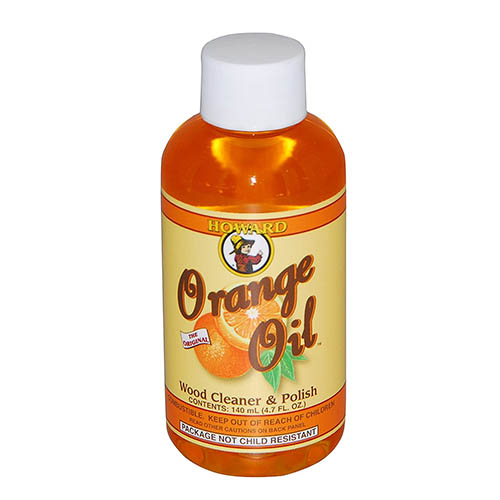
As another natural treatment, many oils such as Orange, Neem, and many Essential oils are highly toxic to termites and other insects.
Applying those oils to wood is a little more difficult, though, and the oil will not last forever. However, the strong smell of these highly concentrated oils acts as a termite repellant, keeping termites away completely.
Orange oil for termites is also gaining popularity as a treatment for active infestations. An exterminator might drill small holes and pump orange oil into the wood to wipe out parts of a colony, ideally destroying the whole colony with just this treatment.
Since this process requires precision and know-how, it’s best left to professionals.
Best Wood Treatment against Termites
As simple as it would be, there is not definitive best termite treatment for wood. Some situations require a repellant, others a termite-killer pesticide. Outdoor wood requires a different treatment than indoor wood.
Other factors are the specific type of wood (hardwood, softwood, engineered wood) and the part of the construction.
If you aren’t sure, you can get a termite inspection by a local company and ask for recommendations for preventive treatment.

